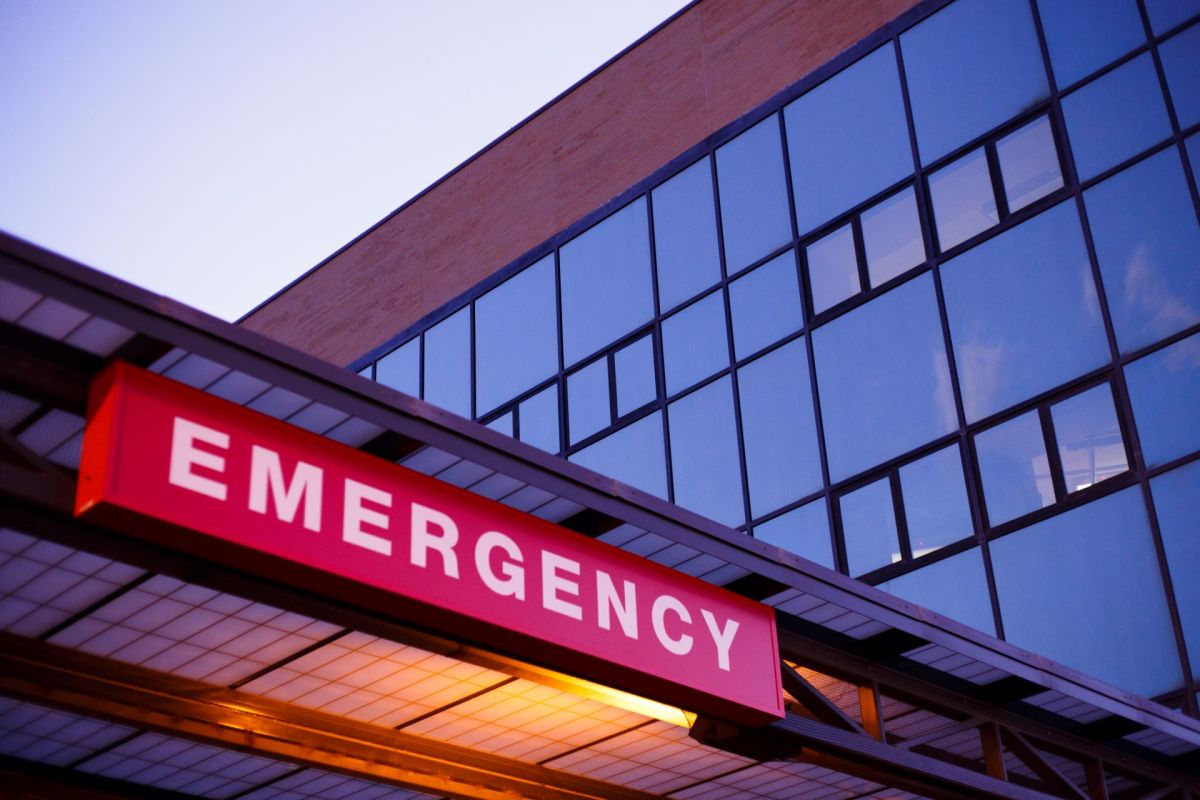A blackout in Phoenix during a heat wave could be a catastrophic combination, sending more than 50% of the population to the hospital, according to a recent study.
What's happening?
In an article published in Environmental Science and Technology, researchers revealed the United States' hottest metro area could be jeopardized if an electrical grid failure occurred during extreme heat.
Phoenix, with a population defined for the study as more than 1.4 million (it is now above 1.6 million), was the most extreme example featured in the public health risk simulation for a multiday blackout during a heat wave.
An estimated 68% of people in Phoenix would need emergency care for heat stroke and heat-related illnesses in the simulation's worst-case future scenario. This would be more than 952,000 people, based on the study's assumptions. This influx of patients would overwhelm the city's medical system, which currently has 3,000 emergency department beds, according to the study.
Researchers also studied possible outcomes in Atlanta and Detroit. In a multiday blackout with a heat wave, estimated heat-related mortalities in all three cities would more than double.
"I describe this as probably the greatest climate-related hazard we can imagine: a blackout during a heat wave," Brian Stone Jr., the lead author of the study and professor at the Georgia Institute of Technology, told The New York Times.
Why are blackouts during heat waves concerning?
Blackouts are becoming more frequent across the United States, and with record-breaking heat in recent years, this scenario is more likely than ever.
Researchers found blackout events have more than doubled between 2015 and 2021. These events are more frequent in the summer, when electricity demand skyrockets and infrastructure is under stress from extreme weather like heat waves, hurricanes, tornadoes, and wildfires.
Americans rely on air conditioning to stay cool. As of 2020, 88% of households had cooling systems, and this number continues to grow. Power outages for days means no cooling systems, which could lead to the catastrophic consequences this study predicts.
Scorching temperatures kill more people than any other climate disaster, even hurricanes, floods, and wildfires, according to an article in TIME magazine. State and federal governments must prepare for the worst-case scenario as temperatures rise and blackouts become more prevalent.
What's being done to offset the risks of blackouts during heat waves?
The researchers suggested state governments fortify electrical grids and expand tree canopies and high albedo roofing — roofing with a coating to cool its surface temperature — to offset heat when electricity is unavailable.
Increased tree cover could decrease deaths by 27% in Phoenix, and reflective roof materials would offset deaths by 66%.
In 2021, Phoenix created a first-of-its-kind Office of Heat Response and Mitigation, a publicly funded office to address extreme heat, particularly by doubling the city's tree cover, as Grist reported.
While officials try to improve infrastructure and safeguards for extreme heat, there are steps you can take to stay cool during heat waves. Drinking lots of water, minimizing exercise, and dunking your feet in cold water can make a significant difference.
Join our free newsletter for cool news and cool tips that make it easy to help yourself while helping the planet.









